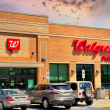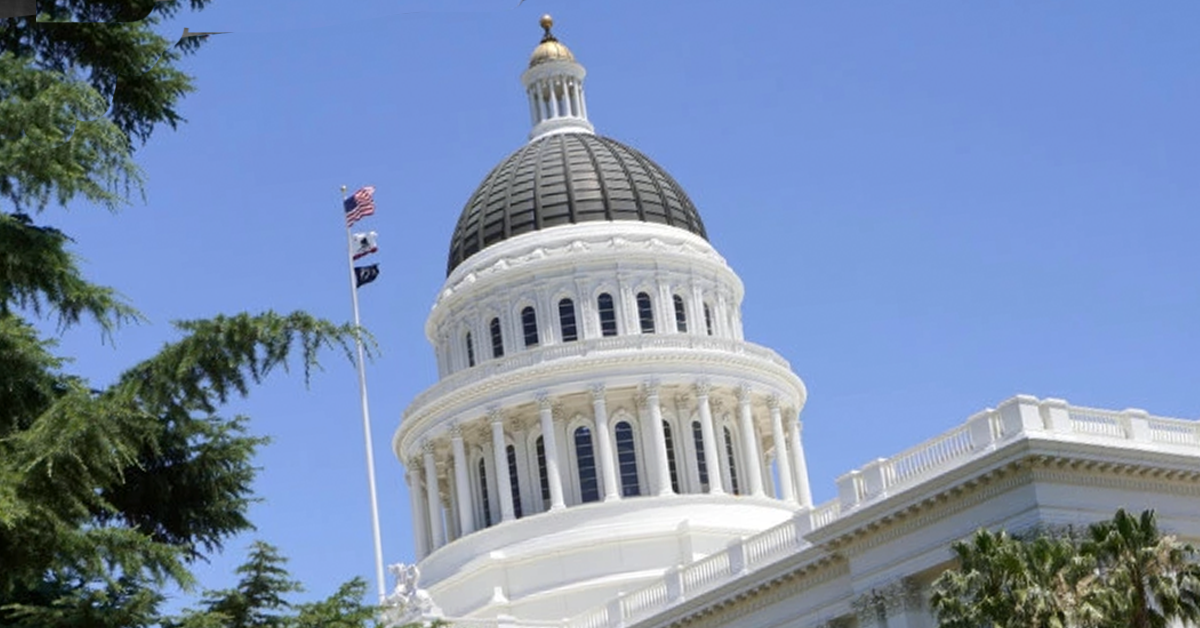The proposed Capital One-Discover merger represents a major win for both small businesses and consumers. At a time when corporate consolidations often raise concerns about reduced competition, job cuts, and higher costs, Capital One is taking a different approach, focusing on expanding community investment and maintaining critical financial services.
This merger, supported by Capital One’s unprecedented $265 billion commitment to lending, philanthropy, and investment over the next five years, sets a new standard for corporate responsibility.
One of the standout elements of this merger is Capital One’s promise to allocate $200 billion to lending in low-and-moderate income (LMI) communities. By prioritizing economic inclusion, Capital One is ensuring that underserved neighborhoods have access to essential financial resources that can stimulate local economies, create jobs, and foster entrepreneurship.
For small businesses in these communities, this access to capital can be a lifeline, enabling them to grow, hire more workers, and drive innovation.
Capital One has also addressed fears about potential branch closures and job losses, which often accompany large-scale mergers. The bank has committed to keeping Discover’s only branch in Delaware open and ensuring no other branches will be closed as a result of the acquisition. In fact, 30% of Capital One’s branches and cafes will remain in LMI neighborhoods, with no cuts to front-line staff.
These guarantees preserve access to face-to-face banking services, a critical need for small businesses and consumers who rely on personal relationships with their financial institutions.
A particularly important aspect of the merger is Capital One’s $35 billion pledge to affordable housing initiatives, a 30% increase over previous plans. This investment will directly address the housing affordability crisis, which disproportionately affects LMI communities.
By expanding access to affordable housing, the merger not only helps individuals and families but also strengthens the communities where small businesses operate.
Additionally, the merger promises benefits to consumers in the payments space. By combining Discover’s card payment network with Capital One’s vast resources, the merger creates the largest U.S. credit card issuer by balances.
This increased competition in the credit card market has the potential to lower costs and improve services for consumers, offering better rates, rewards programs, and innovative financial products.
Capital One’s commitments reflect a broader vision of how corporate mergers can be leveraged for the greater good. The bank has partnered with over 800 community organizations, including the National Association for Latino Community Asset Builders (NALCAB), NeighborWorks, and the Woodstock Institute, to ensure that the benefits of this merger extend to underserved communities.
In conclusion, the Capital One-Discover merger is a model of how large financial transactions should be executed—with a focus on community investment, job preservation, and economic inclusion.
By approving this merger, regulators can help pave the way for a more equitable and competitive financial system, benefiting small businesses and consumers alike.











